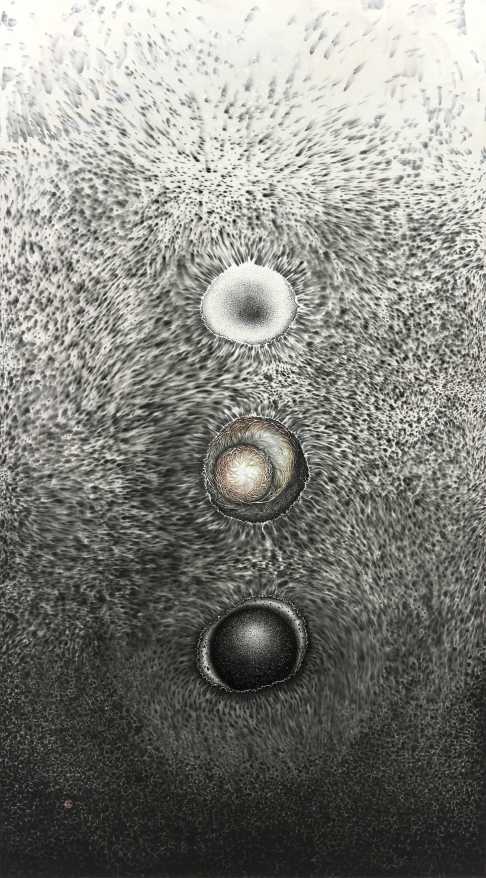
Para Site is pleased to present a performance programme as part of the exhibition Ten Thousand Rooms of Yearning. Sex in Hong Kong featuring performances by artists Choy Ka Fai+Rianto and Eisa Jocson on Saturday, 26 July, 2014, and Macho Academy, a public intervention by Eisa Jocson on Sunday, 27 July, 2014.
Performed for the first time in Hong Kong, SoftMachine: Rianto and Macho Dancer look into the traditions of historical and contemporary erotic dance genres.
SoftMachine: Rianto is a documentary performance by Singaporean artist Choy Ka Fai on Indonesia dancer Rianto, who mastered the cross-gender dance repertoire at a very young age. The performance explores the tensions between the traditional and the contemporary, the masculine and the feminine, as well as the urban and the rural.
In Macho Dancer, Jocson crosses gender boundaries by performing a dance usually reserved for young men in Philippine nightclubs catering both to a male and a female clientele. Given its specific movement vocabulary and physicality, macho dancing is an economically motivated language of seduction, using notions of masculinity as body capital. Jocson’s transcendence of gender specificity challenges the audience’s perception of sexuality and questions the use of one’s body as a tool for social mobility.
Choy Ka Fai is an artist, performance maker and speculative designer. He created the SoftMachine project as an investigation on the contemporary status of dance through a research across Asia. Since 2012, Choy Ka Fai has traveled to 13 cities in 5 countries to meet and interview contemporary dance-makers. Through these encounters, he has collected an independent archive of 88 video interviews and created a series of documentary performance with choreographers from Indonesia, India, Japan and China.
Rianto is a dancer from Banyumas, Indonesia. He specializes in the traditional erotic dance of ‘Lengger’, while being equally versatile in other Javanese traditional dance forms. He also performs and collaborates with many contemporary choreographers. Since moving to Tokyo in 2003, Rianto has developed different choreographic practices, deriving and departing from his traditional beginnings.
Eisa Jocson is a contemporary choreographer and dancer from the Philippines. Trained as a visual artist and with a background in ballet, she won her first pole-dancing competition in Manila in 2010, and started pole ‘tagging’ and other public interventions in New York and various cities. She then trained in macho dancing and premiered Macho Dancer in Spring 2013. Together with her creation Death of the Pole Dancer (2011), Jocson has since toured numerous European festivals.
This performance programme is co-organized with School of Creative Media, City University of Hong Kong and the intervention is co-organized with The Isabela Federation – Hong Kong.

